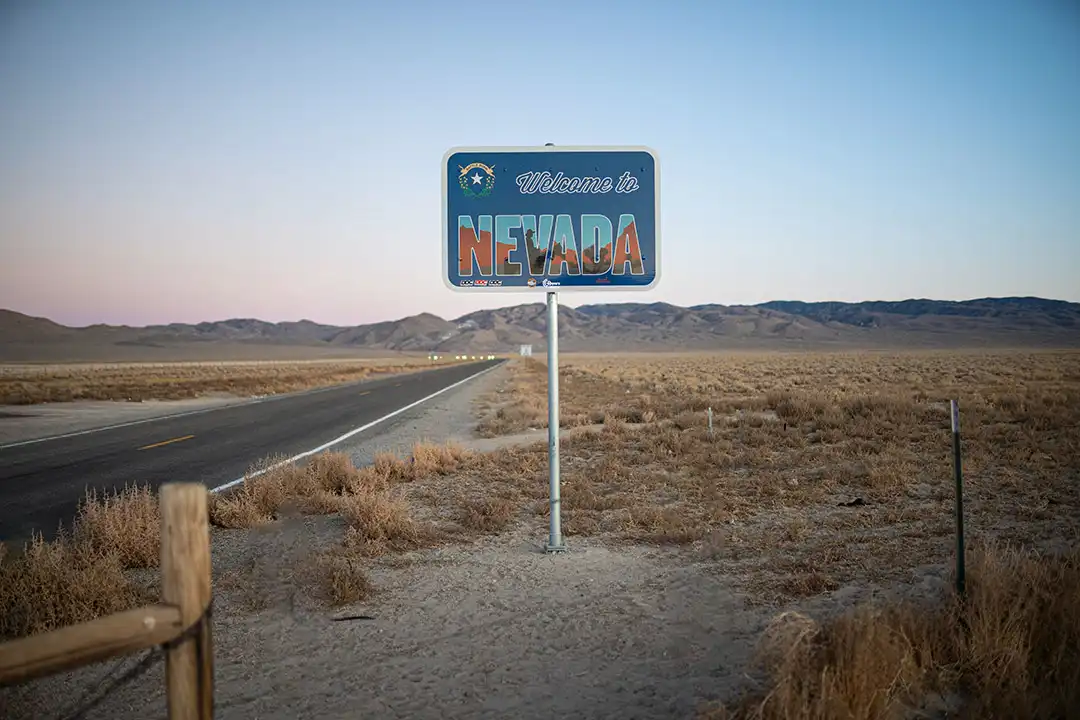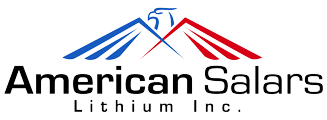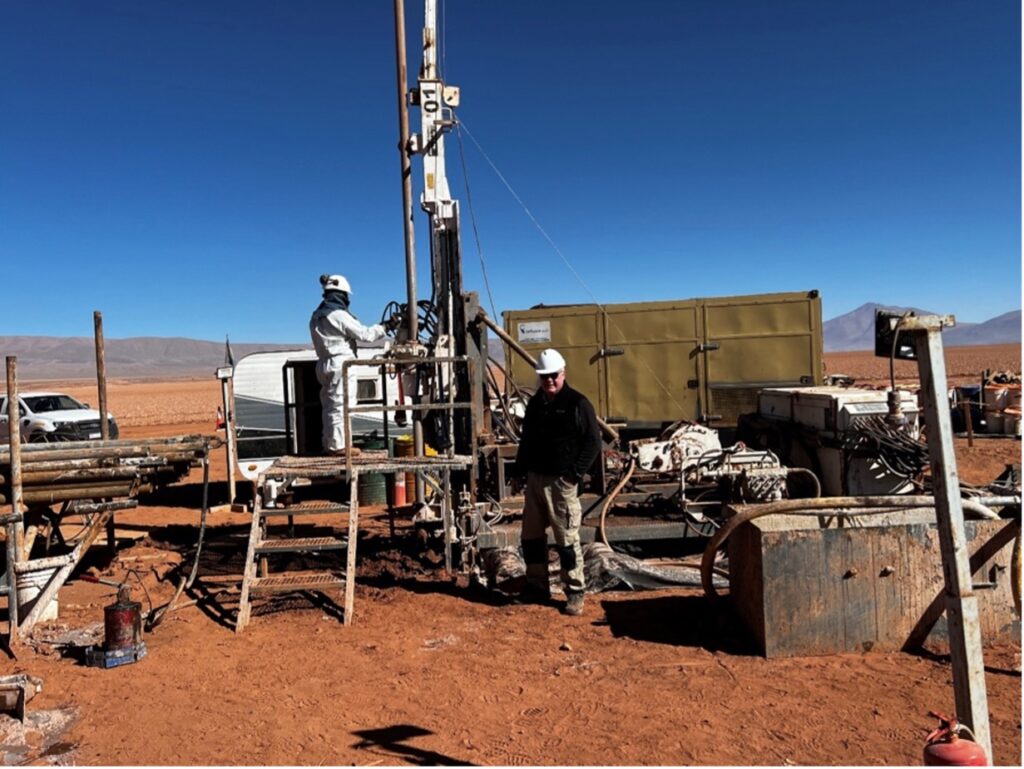Salar De Pocitos – Salta, Argentina
The Pocitos Lithium Brine portfolio spans 13,880 hectares in the lithium-rich Puna region of northwestern Argentina. American Salars currently owns 100% of the 800-hecatre Pocitos 1 claim and has entered into a Letter of Intent Agreement to acquire up to 100% of the remaining Salar de Pocitos claims spanning 13,080 hectares. This region is a key player in the global lithium market, with its basins accounting for over 52% of the world’s lithium brine resources.
Project Summary
WSP Australia completed a 2023 NI 43-101 Mineral Resource Estimate (“MRE”), which, in combination with Pocitos 1 and the neighboring Pocitos 2 block, identified an inferred lithium carbonate equivalent (“LCE”) resource of 760,000 tonnes. To date, all drilling has taken place on American Salars’ Pocitos 1 block.
American Salars entered into a Letter of Intent Agreement with an arm’s length vendor to acquire up to 100% of the Salar De Pocitos Project.
This acquisition includes 10 mineral tenements spanning approximately 13,080 hectares, which, when combined with the company’s existing 800-hectare Flagship Pocitos 1 project in Salta Province, Argentina, represents a 1,635% increase in property size.
This expansion brings American Salars’ total footprint on the Pocitos Salar to 13,880 hectares within the prolific Lithium Triangle. Upon completion of this transaction, American Salars will hold the second-largest property asset on the Salar de Pocitos, reinforcing its position in the lithium exploration sector.
The new Salar De Pocitos Project has been the subject of numerous exploration campaigns including drilling, surface sampling and geophysics. The next phase of work on this World Class Project’s development will be to compile data from all the combined Pocitos tenements to assess the required work to tie the existing drill holes together and update the Company’s NI 43-101 MRE.
The Puna plateau consists of elevated blocks separated by elongated endorheic (closed) basins, which are contain evaporite deposits. Surrounding mountain ranges have a meridian orientation and their shape responds to uplift in blocks through faults. The Pocitos and Pozuelos basins are separated from each other by the Cordón de Pozuelos. The Cordón de Pozuelos is made up mainly of rocks of Ordovician age, which show slight metamorphism. At the foot of the mountain ranges numerous coalescing alluvial fans can be seen.
* Cautionary Statement
The NI 43-101 Mineral Resource Estimate (“MRE”) includes resource assumptions from the Pocitos 2 block which American Salars Lithium Inc. has no ownership. The MRE is contained on the Pocitos 1 block (800 Ha) in combination with the neighbouring Pocitos 2 block (532 Ha). All of the drilling that makes up the basis of the MRE, on the combined Pocitos 1 and Pocitos 2 blocks, occurred on the Pocitos 1 block that is being acquired by American Salars. The MRE will be updated to reflect the proportional lithium resource on the Pocitos 1 block.
NATURALLY FLOWING LITHIUM BRINE
2022 Drilling
2018 Drilling
2018 Drilling
Project highlights
A recent mineral exploration on the Galt claim group under option to Surge Battery Metals (CSE:NILI) located 11 Miles to the South includes 51 playa sediment samples collected for chemical analysis at ALS Geochemistry in Vancouver, B.C.
Results of aqua regia leaching of the samples show 68 to 852 parts per million lithium (mean 365 ppm), 5.3 to 201 ppm cesium (mean 72 ppm) and 35 to 377 ppm rubidium (mean 180 ppm). Results from two seven-foot-deep auger holes show lithium, cesium, and rubidium concentrations in the range of 143.5 to 773 ppm Li, 56.8 to 102.5 ppm Cs and 155 to 272 Rb.
Recent Mineral Exploration completed by Nevada Energy Metals Inc. in 2016 (NICL-V) tested for lithium (Li) values in playa evaporates returned significant geochemical results at the Company’s 100% owned Black Rock Desert Project in Nevada. Geochemical sample points were arranged on a grid pattern of 11 lines spaced 400 meters apart with stations every 200 meters along the lines. One hundred and seventy (170) soil samples were collected. Results ranged from 82.8 to 520 parts per million (ppm) lithium with a median value of 182 ppm. Twelve samples carried over 300 ppm Li.
These results show that dissolved lithium has been transported into this portion of the Black Rock Desert and is available for potential concentration by evaporative brines. The exploration model for the Black Rock Project is a Clayton Valley evaporative brine deposit as described in USGS Open File Report 2013-1006.
The entire San Emidio Desert basin is a highly prospective lithium exploration zone and is about 38 km long and up to 11 km wide at the widest point with the central playa measures about 8.5 km north – south and 4.5 km east – west.
A proposed four-hole drill program at the Galt project is pending permitting approval is designed to test a tight grouping of highly anomalous surface sediment sampling locations which returned assay values with a high of 312 ppm lithium and a mean value of 215 ppm lithium.








